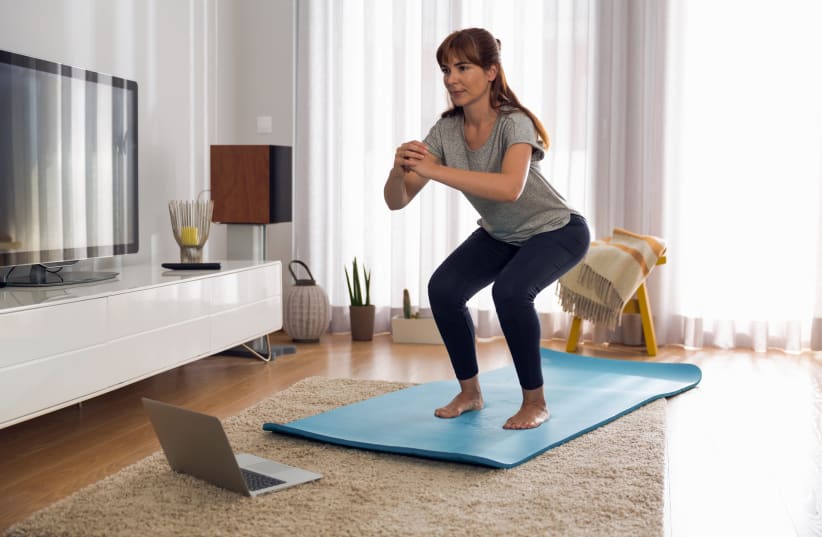Winter is coming very soon, and now, when the heat is much less intense, is the perfect time to start exercising outdoors and achieve good health results. Recent studies show that exercise can actually be beneficial in improving health metrics like blood pressure, the "bad" cholesterol level in the blood, the percentage of visceral (abdominal) fat, prolonging life expectancy and of course, improving mood.
Don’t worry, you don’t need to be a marathon runner to do this. Even a short, consistent workout will help, and the more you do, the better. Of course, don’t go to extremes and strain your muscles.
Where to start? If you sit most of the day and your butt muscles are neglected, here’s the outline for a really beneficial workout. Exercising this area is crucial for regular health maintenance, and will boost your confidence. From a physiological perspective, the gluteal muscles make up the largest muscle group in the body. Also, anatomically they’re located in the center of the body so these exercises will affect the function of the upper and lower body. Strong buttock muscles will improve the spine, give it better support and even help prevent back pain.
What do you need? A mattress, sneakers and a bottle of water.
How does it work? The workout consists of six exercises, perform as many repetitions as you can from each exercise for a minute (in two-sided exercises - 30 seconds on each leg), rest 15 seconds between each exercise. Perform two to four cycles of the entire workout depending on your level of personal difficulty.
Exercise 1: Lunge with weight transfer
Stand with your right foot forward and your left foot back with the heel of your left foot in the air. Lunge forward with your hands on your hips. Move your weight back and forth, bend the left knee at 90 degrees and then straighten, check that your body is consistently at the same height, straighten your back so that it’s perpendicular back to the floor and look forward. After several reps, switch legs and repeat the circuit.
Exercise 2: Equal weight on one leg
Stand in a front squat position and shift weight to the right leg as you lift the left leg from the floor, gently lifting and lowering the leg so that you maintain stability on your right leg when it’s slightly bent. Lift the leg with control and not too high, so that you don’t stress your lower back. Squeeze your pelvic muscles together and look ahead. Then, switch legs and repeat as outlined above.
Exercise 3: Diamond in the legs
Lie on your left side with your arm under you, with legs bent together, then lift the upper knee while keeping feet together so that you perform a rotation at the hip joint and return to the starting position. Keep your lower waist off the mattress and and your shoulder away from your ear and so that you firmly stabilize the upper back. Switch to lying on your right side and repeat.
Exercise 4: Kick lying on the side
Lean on the left elbow, palm supporting the head, and stretch the right leg along the body. Then, move it back and forth at a slow pace, bending the knee slightly if necessary. Keep your body stable; don’t swing back and forth (imagine a wall on which you lean back). Perform on the other leg as well.
Exercise 5: Lift buttocks while switching legs
Lie on your back, legs bent at the pelvis, and lift your back into the air vertebra after vertebra, stay up and lift once the right leg from the mattress and once the left leg while the back remains stabilized, lift abdomen pumped in and up. If you feel strain in your back, you can lower it slightly until you feel comfortable and stable. Keep your legs firmly on the mattress.
Exercise 6: Standing six
Stand in a six-position, arms shoulder-width apart and knees pelvic-width apart, lift the right leg, slightly bent, from the mattress and lower it slightly without touching the mattress. Try to keep your body balanced, pelvic muscles contracted together. When lifting the leg, control movement so that you don’t create a wide space in the lumbar arch. Then, repeat the exercise by lifting the left leg.
Karin Lazarovich Zanzori holds a Master's degree in Sports Science (MSC), and is one of the owners of the "Pilates City" studio in Tel Aviv. This article was first published by our sister website, Walla!
